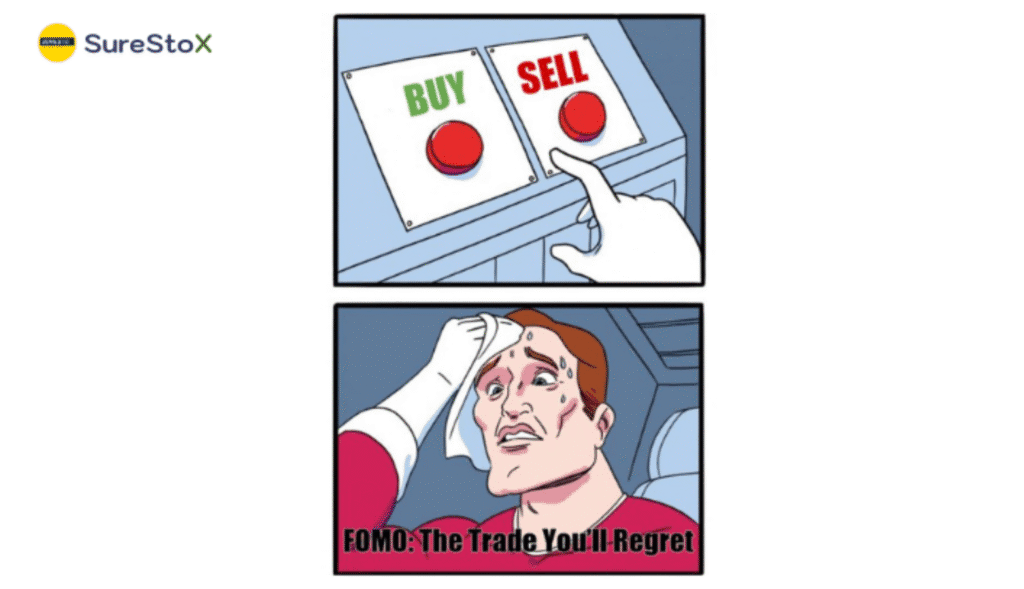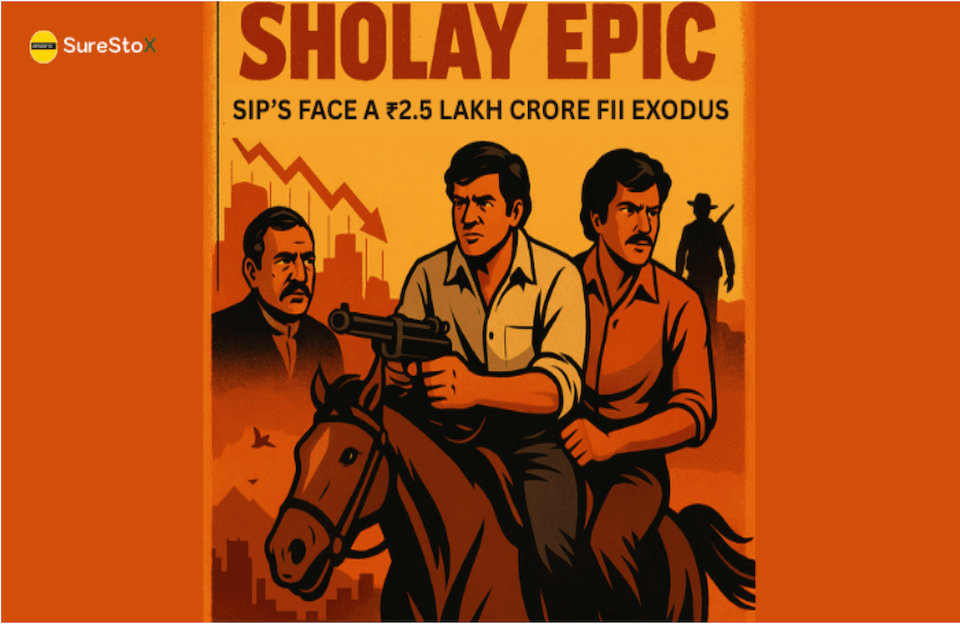The Hyperlocal Revolution
In the frenetic world of consumer goods, Fast-Moving Consumer Goods (FMCG) giants like Hindustan Unilever, Procter & Gamble, and Nestlé have long held a goldmine of hyperlocal consumption data—granular insights into what people buy, where, and why, from monsoon-driven snack surges in urban hubs to seasonal hygiene demands in rural villages. Yet, despite this advantage, they’ve been outmaneuvered in two high-stakes races: the 10-minute delivery boom led by quick commerce (QC) platforms like Blinkit and Zepto, and the hyperlocal advertising sprint dominated by Google. As of 2025, India’s QC market has soared to $6-10 billion in gross merchandise value (GMV), up from $3 billion in 2023, with projections of $30-40 billion by 2030. Meanwhile, global hyperlocal ad spending is set to climb from $111 billion to $296 billion by 2030. This thought-provoking piece explores why FMCG stumbled despite their data prowess, how this has eroded their leverage, and—most crucially—how leveraging a hyperlocal digital network, powered by real-time trends and dynamic ad artwork, could redefine their future.
The Fall: Why Data Didn’t Translate to Dominance
FMCG companies have mastered tracking hyperlocal patterns—higher soda sales in sweltering cities, detergent spikes in family-heavy suburbs, or snack surges near schools. This data should have made them unbeatable in quick commerce and hyperlocal advertising. Instead, nimble disruptors stole the lead.
Quick commerce platforms like Blinkit and Zepto now command 40-50% of India’s FMCG e-commerce sales, disrupting traditional kirana stores with AI-driven, ultra-fast deliveries from compact “dark stores.” By 2025, Blinkit’s user base has outstripped Zepto’s 1.79 million weekly active users, fueled by a model that delivers in 10-30 minutes. FMCG’s data could have built similar systems, but their supply chains, optimized for bulk efficiency, prioritized scale over speed. Brands like Dabur and Colgate now rely on QC for growth—Blinkit rivals Amazon for Nestlé’s sales—but as mere suppliers, not ecosystem architects.
In hyperlocal advertising, Google’s real-time geo-targeting, powered by “near me” searches (up 200% in recent years), dominates the $488 billion digital ad market, projected to hit $1.16 trillion by 2030. FMCG’s data could fuel pinpoint campaigns, like snack ads near event venues, but their reliance on mass media and sluggish digital adoption left them trailing. Siloed systems and risk-averse strategies delayed AI integration, forcing brands to pour budgets into Google Ads without owning the consumer connection.
The root issue? FMCG’s data was honed for traditional retail efficiency, not the digital-first, lightning-fast models that QC and Google perfected in the post-COVID era.
The Cost: Power Slips, Dependency Grows
This lag has reshaped the power dynamic, turning FMCG giants into dependent partners and squeezing their control and margins.
Quick commerce platforms, handling up to 50% of FMCG online sales, have sidelined traditional distributors. In 2025, distributors filed complaints with India’s Competition Commission against QC’s 20-30% discounts, which undercut kiranas and pressure FMCG into exclusive deals. Platforms have also hiked commissions by 10-15%, pinching FMCG’s razor-thin 2-5% margins. While QC boosts profits—15-20% higher than offline for brands like Dabur—it creates a trap: 40-50% of growth now hinges on these platforms, exposing FMCG to risks like sudden policy shifts or slowed expansion as QC firms tighten budgets.
In advertising, reliance on Google for hyperlocal reach—geo-fenced ads targeting local stores—forces FMCG to pay premium bids in a $963 billion digital ad market. Google’s ~30% market share and opaque algorithms erode negotiation power, as returns depend on their ecosystem, not FMCG’s own data. Combined, this dual dependency could drain margins by 10-20% annually if unchecked.
The Pivot: A Hyperlocal Digital Network as the Game-Changer
To reclaim their edge, FMCG must embrace bold moves: invest in tech, build direct channels, and—most critically—leverage a hyperlocal digital network that transforms their data into real-time, trend-driven advertising with dynamic artwork. This isn’t just a recovery plan; it’s a revolution in how FMCG can engage consumers and outmaneuver competitors.
Picture a robust, AI-powered platform that taps directly into FMCG’s hyperlocal consumption data—real-time sales from POS systems and distributors—enriched with external triggers like temperature, humidity, local events, or traffic patterns. This network instantly detects trends, such as energy drink spikes near gyms when temperatures exceed 30°C, snack surges in festival-heavy neighborhoods, or hygiene product demand in high-humidity zones. Within minutes, it generates and deploys tailored ad artwork—vibrant banners, short videos, or app notifications—pushed through social media, in-app channels, or hyperlocal digital billboards.
Consider a rainy Mumbai suburb where weather data signals a spike in healthy snack demand, based on past monsoon sales. The network could produce rain-themed visuals—think umbrellas and cozy vibes—featuring product bundles like granola bars and tea, delivered to local users via Instagram Reels or app notifications. Other triggers, like high pollution days prompting hydration campaigns or heavy metro traffic targeting commuters with on-the-go snacks, add precision. This system operates with minimal latency, ensuring ads hit at peak relevance.
The impact of this network is transformative:
- Revenue and Conversion Surge: Hyper-relevant ads aligned with local triggers could boost conversion rates by 30-50%, turning fleeting demand into immediate sales. For example, a targeted campaign during a local festival could drive 20-30% revenue uplift in that zone, helping FMCG recapture 20-30% of lost market share by 2030.
- Margin and Efficiency Gains: By reducing reliance on Google or QC, FMCG could cut ad spend by up to 20% and commissions, while syncing ads with inventory to improve turnover by 10-15%. This strengthens razor-thin 2-5% margins, adding 10-15% to profitability through precise, waste-free targeting.
- Competitive Advantage and Control: Owning the network restores bargaining power, letting FMCG dictate terms with partners. Culturally resonant campaigns—tailored to local languages or traditions—could lift engagement by 75%, fostering loyalty and differentiating from QC’s 40-50% e-commerce grip.
- Agility and Innovation: Integrated with D2C apps for 10-minute delivery pilots, the network mirrors QC speed while leveraging FMCG’s data scale. Small FMCG peers saw 25% growth with digital tools in 2025—large players could amplify this to lead the market.
To support this pivot:
- Supercharge AI and Analytics: Merge hyperlocal data with AI to predict trends and cut costs by 15-20%, enabling agile responses to market shifts.
- Diversify and Innovate: Co-brand with QC for 30-50% reach boosts during festivals, while building independent logistics. Use platforms like Facebook to reduce Google reliance by 20%.
- Advocate and Invest: Push for fair pricing regulations and invest $1-2 billion in e-commerce infrastructure to rival QC’s $3-5 billion funding, prioritizing sustainability and personalization.
The Horizon: A New Era for FMCG
The hyperlocal digital network isn’t just a tool—it’s a paradigm shift. By 2030, it could position FMCG to claim a larger slice of the $40 billion QC market and $1.4 trillion digital ad space. Their data, once a sleeping giant, can become a dynamic force, driving precision, profitability, and power. The race isn’t over—it’s time for FMCG to redefine the finish line.


